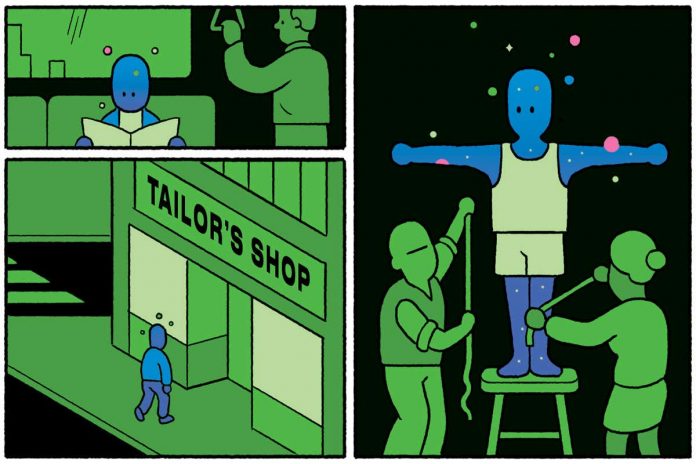[ad_1]
How big is the universe? What shape is it? How fast is it expanding? And when will it end? We answer these questions and more in our essential guide to the current state of cosmological knowledge
Space
30 December 2020

HOW OLD IS THE UNIVERSE?
A CENTURY ago, if you asked a cosmologist the universe’s age, the answer may well have been “infinite”. It was a neat way to sidestep the question of how it formed, and the idea had been enshrined in 1917 when Albert Einstein presented his model of a static universe through his general theory of relativity.
General relativity describes gravity, the force that sculpts the universe, as the result of mass warping its fabric, space-time. In the mid-1920s, astrophysicist George Lemaître showed that according to the theory, the universe wasn’t static but expanding– and would thus have been smaller in the past.
Lemaître’s idea that everything there is was once contained in a single “primordial atom” was transformed in the 1960s, when astronomers discovered the most ancient light in the universe, the cosmic microwave background. This indicated that everything had begun in a hot, dense state: the big bang.
These days, most cosmologists are confident that happened about 13.85 billion years ago. The figure is based on estimates of the universe’s expansion. There is some uncertainty there, because methods for estimating that rate spit out different values (see “How fast is the universe expanding”). The possible range of ages is between 12 billion and 14.5 billion years.
We can cross-check that against the oldest star we know. It’s clear that HD 140283, aka the Methuselah star, is ancient because it is made almost entirely of hydrogen and helium, the predominant elements in existence in the aftermath of the big bang. Now, astronomers reckon it is 14.46billion years …
[ad_2]
Source link











